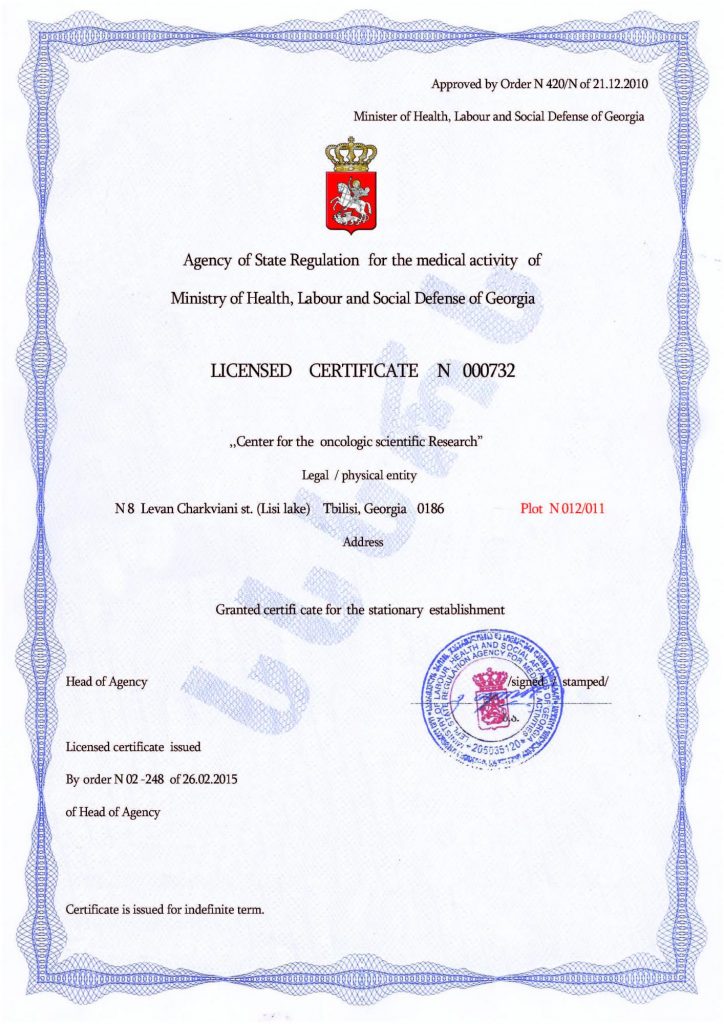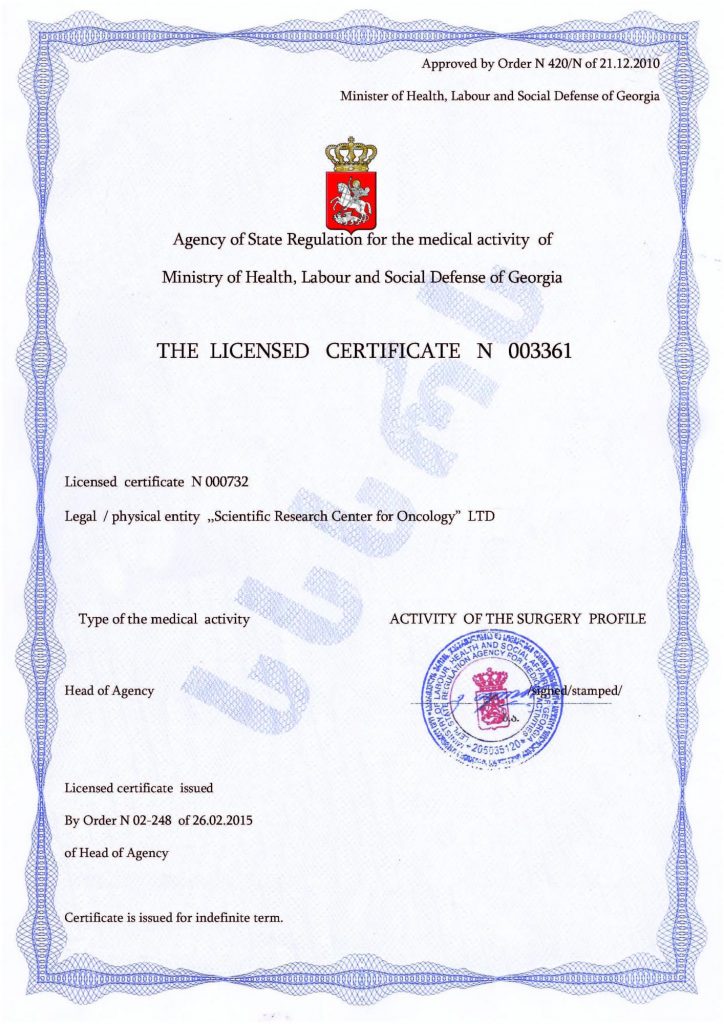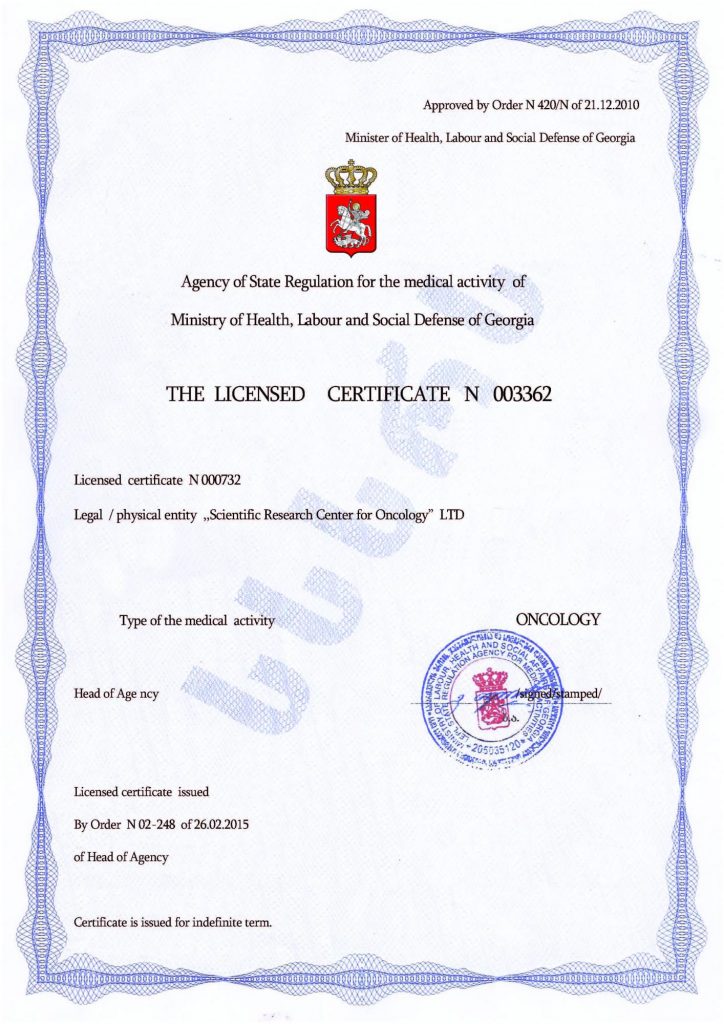In-Person or Remote: Learning Options for a Child with Autism
After the start of the pandemic, many teachers had to reconsider the importance of the relationship between teachers and students — both neurotypical and autistic. How important is the connection between a student and their mentor, and will distance learning disrupt it? If it doesn’t, then what is the point of school? And what is needed to achieve positive learning outcomes?
Education can be described as a process in which teachers not only present academic subjects but also help the younger generation establish positive relationships with reality. This involves both acquiring knowledge and shaping one’s personality. For autistic students, learning can play a therapeutic role, promoting behavior normalization and socialization.
A teacher must not only thoroughly understand their subject but also know how to “construct” the learning process and establish positive personal relationships with students. This is especially important for autistic children, who tend to avoid contact but still desire communication.
Teachers should use various methods to foster comprehensive personal growth in all students. One of the goals is to assist in the development and refinement of critical skills and the ability to rationally analyze reality, which is especially relevant for autistic children.
In this regard, the main drawback of remote learning is the lack of personal contact, which is crucial for mutual understanding. On the other hand, it may be easier for autistic students to communicate remotely, as they know the other person is far away but still listening. In this situation, it becomes easier for them to express their thoughts and feelings, even if their speech and communication abilities have not been affected by the disorder. However, there is no one-size-fits-all solution for fostering the socialization of autistic children and adolescents if they are not witnesses to how their peers and teachers behave.
In this sense, school is a “system of relationships” that can support the overall growth and development of an individual. It is within the educational process that each student’s development takes place, so creating an atmosphere based on mutual respect and dialogue is necessary. Education is not only about studying subjects but also about learning the rules of societal life, and in this process, it is essential to unlock the child’s abilities and potential.
Inclusivity for autistic children also involves making learning as creative as possible. Many children, due to emotional or cognitive impairments, were forced to repeat the same material, mechanically memorizing it, which prevented them from learning well and negatively impacted their self-esteem. However, the education system for autism can become a valuable tool in therapeutic work if modern didactic approaches that have already been developed and implemented are applied.
There is no way that an educational platform can replace the relationship between a teacher and a student. Therefore, in-person education, although not without its drawbacks, still seems to be the best option for the development of an autistic child. Teaching children, in general, is a challenging task. However, life can be made easier for both autistic students and teachers if the root cause of behavioral, cognitive, emotional, and other disorders is addressed.
The most effective way to combat autism spectrum disorders is through cell therapy — an innovative method that stimulates the body’s potential for self-healing. This occurs through stem cell transplantation, where the cells can transform into any other type. They become healthy counterparts to damaged cells and replace them, leading to the normalization of brain and nervous system function. This result is long-lasting, often permanent, which, in turn, increases the effectiveness of additional correction methods, improves academic performance, stabilizes behavior, and so on.
The stem cell transplantation technology is no longer experimental — it is thoroughly developed, applied in leading clinics around the world, and could become the primary method of combating autism and its symptoms. This approach is also implemented at the Mardaleishvili Medical Center, where doctors have extensive successful experience and the most modern equipment. The services meet the highest global standards, while being more affordable than in other countries. Additionally, the center’s staff can offer comprehensive assistance with trip planning and other issues, including accommodation during the rehabilitation period.
Undergo cell therapy — and your child will start learning better!
Autism Treatment Center Videos
Autism treatment with own stem cells
Cord blood association congress
International Quality Crown
Autism Treatment Reviews
Autism treatment with own stem cells
The story of Alessandro (6 years old)
Autism Patient Testimonial - Stem Cell Treatment
Clients Testimonials
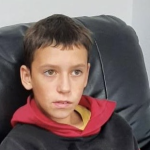
Feedback from Igor, David’s father (12 years old) Read More
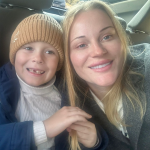
Feedback from Olga, Fedya’s mother Read More
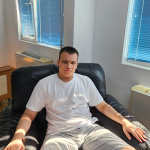
Feedback from Natalia, Radomir’s mother (15 years old) Read More
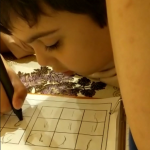
Feedback from Esther, Samuel’s mother (8 years old) Read More
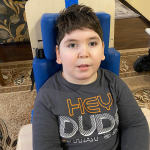
Feedback from Abibe, Selim’s mother (7 years old) Read More









